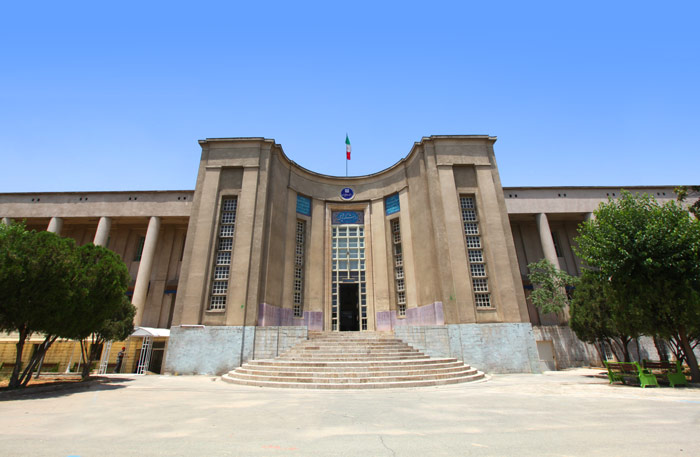
The first modern center of medical training in Iran was founded in 1851. It was a part of the Institute of Higher Education (Dar-ol-Fonoon). The School of Medicine was established as a part of University of Tehran in 1934. After the Islamic Revolution, medical schools and departments associated with medical fields were separated from the Ministry of Higher Education and were taken under the administration of the Ministry of Health, Treatment, and Medical Education. Since 1986, all those schools of University of Tehran which specialize in medical fields have carried on their activities independently as Tehran University of Medical Sciences and Health Services.
TUMS is the oldest and most well-known medical center in Iran, nationally as well as internationally. TUMS, as one of the country’s top research universities, accepts applications from the most qualified students. It also has the largest schools of medicine, dentistry, pharmacy, rehabilitation, allied medical sciences, public health, advanced technologies in medicine, nutritional sciences and dietetics, and nursing and midwifery in Iran as well as a virtual school. Over a hundred specialized research centers such as Science and Technology in Medicine, Rheumatology, Auditory, Digestive Disease, Skin Diseases and Leprosy, Trauma, Hematology and Oncology, Cardiovascular Diseases, Endocrinology and Metabolism, Reproductive Health, Urology, Immunology, and Asthma and Allergy are under the immediate supervision of this university.
TUMS has many teaching hospitals: Imam Khomeini, Sina, Shariati, Vali-e Asr, Amir Alam, Ziayian, and Baharloo are general and referral hospitals; Children’s Medical Center and Bahrami Hospital are TUMS pediatric centers; Farabi Hospital is a special center for ophthalmology; Razi Hospital is devoted to dermatology; Roozbeh Hospital is a center for psychiatry; Arash is a special hospital for gynecology, obstetrics and infertility. In addition, TUMS has excellent sports facilities for academics and students. These factors, along with the abilities and drive of its specialists, have made TUMS an important center with a notable reputation in the region and Central Asia.
TUMS is a large university. One of the many advantages of its size is that it can offer a wide range of courses. Admission to TUMS is granted without regard to age, race, color, religion, gender, handicap, or national origin. TUMS admits by field of study and degree, and, when you apply, you must indicate your interest in a major and degree. Residency and fellowship programs are also offered to international students. The academic schedule at TUMS is semester-based. The fall semester begins in September and ends in January. The spring semester begins in February and ends in June. All international students will be admitted to start at the beginning of each semester.
Tehran University of Medical Sciences (TUMS) is accredited with premier status by the Accreditation Service for International Colleges (ASIC). ASIC is recognized by the United Kingdom Department for Education and Skills (DfES), the United Kingdom Department for Universities, Innovation, and Skills (DUIS), the United Kingdom Border and Immigration Agency (Home Office), the United Kingdom Office for Standards in Education (Ofsted). ASIC is a member of Council for Higher Education Accreditation (CHEA) International Quality Group (CIQG).